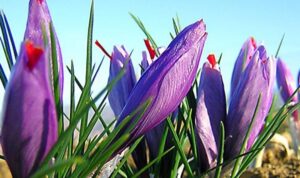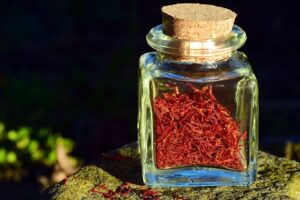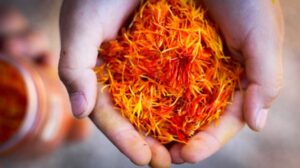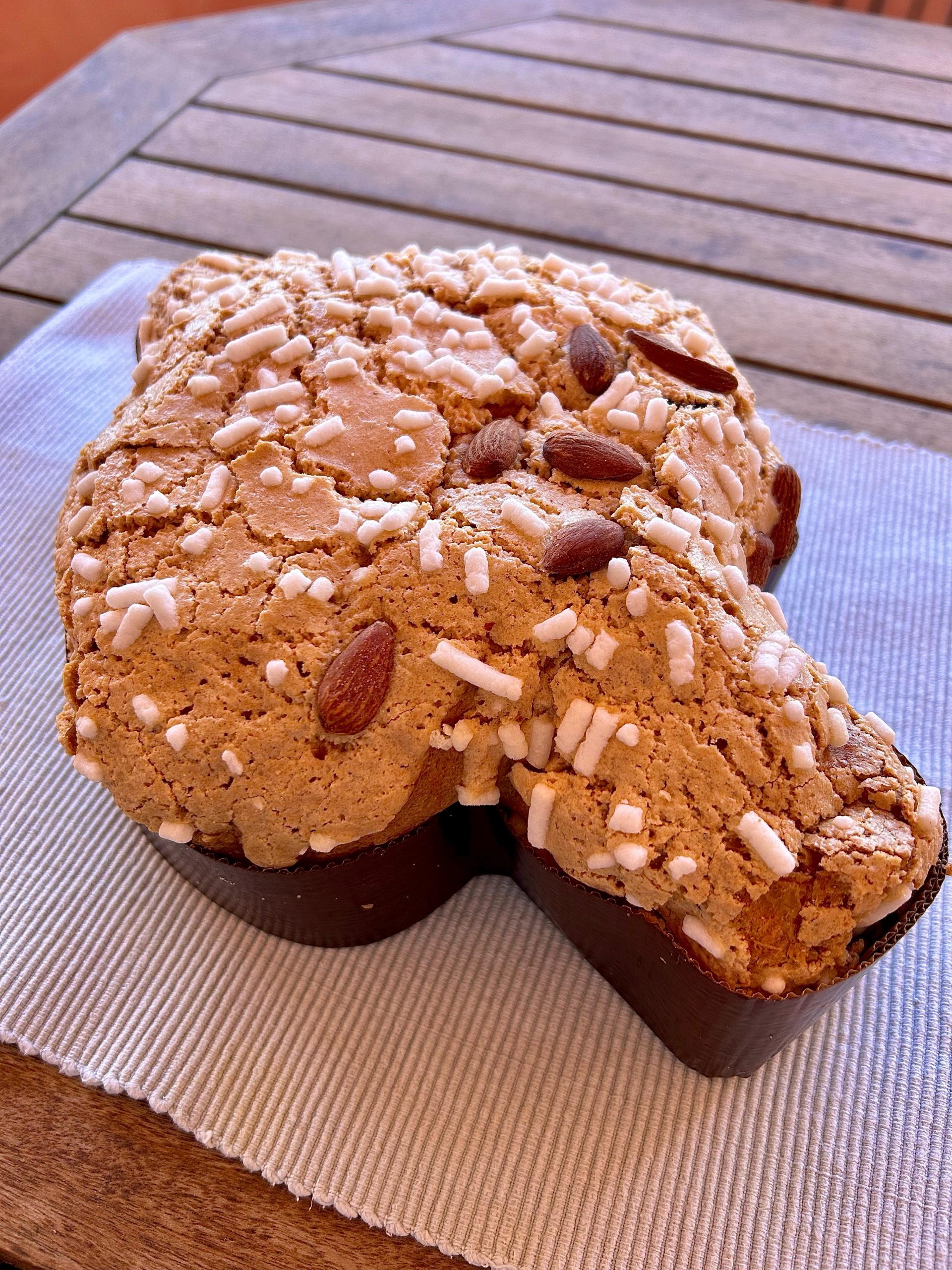Saffron in Sardinia
Posted on

Saffron is thought to be native to Asia Minor, but quickly spread throughout Europe.
The origin of its name derives from the Latin word safranum which in turn derives from the Arabic zafaran which means yellow.
In Sardinia, however, the cultivation of saffron has very ancient origins, dating back to the time of the Phoenicians who are thought to have introduced it to the island.
But in ancient times it was sought after not for its aroma and medicinal qualities but as a powerful textile dye.

The first real evidence of the marketing of Sardinian saffron dates back to the 14th century when the port of Cagliari provided for a rule for the export of stigmas from Sardinia.
Later the trade of this spice on Sardinia increased dramatically, thanks to “is tzafaranaias”, ladies who toured the towns of Sardinia selling it for the colouring of the typical traditional costumes.

The harvest takes place in the early hours of the morning to prevent the flowers from suffering too much damage from the weather conditions (rain and wind) in a period of time that goes from the second half of October to the first ten days of November.
The area in which most of it is produced is the Mid-Campidano plain, with San Gavino Monreale as peak producer followed by Turri and Villanovafranca. However, there are several producers in Alghero too, and its home production is widespread as an ingredient in several delicious recipes.

Essential Italy has a wide selectio0n of accommodation in Sardinia – see here


